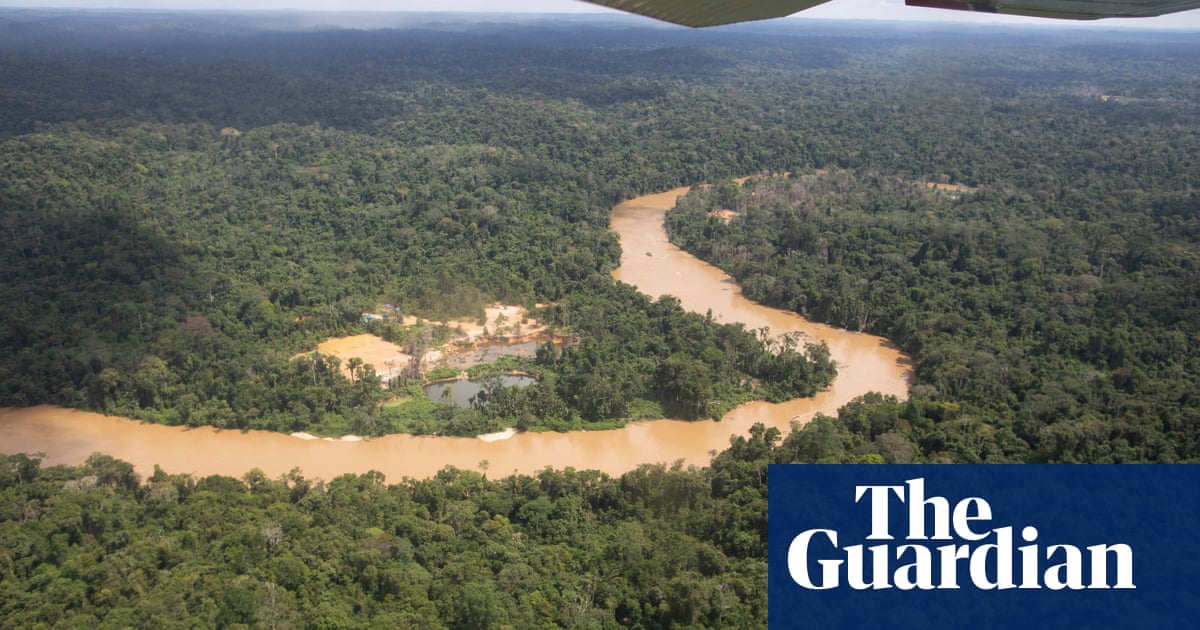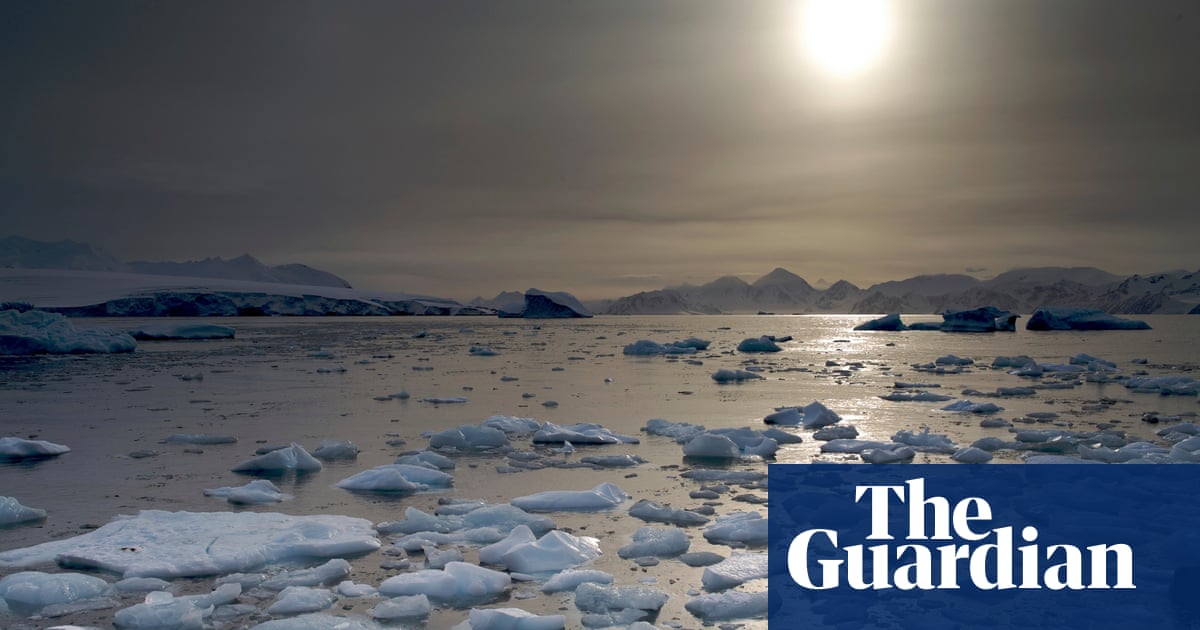
Up to half of the Amazon rainforest could hit a tipping point by 2050 as a result of water stress, land clearance and climate disruption, a study has shown.
The paper, which is the most comprehensive to date in its analysis of the compounding impacts of local human activity and the global climate crisis, warned that the forest had already passed a safe boundary and urged remedial action to restore degraded areas and improve the resilience of the ecosystem.
Bernardo Flores of the Federal University of Santa Catarina, Brazil, the lead author of the study, said he was surprised by the results, which projected a potential shift from slow to rapid forest decline earlier than he had expected.
The forest was already becoming weaker and more homogenous, he said. “By 2050, it will accelerate rapidly. We need to respond now. Once we pass the tipping point, we will lose control of how the system will behave.”
This requires international action because even a local halt to deforestation would not prevent collapse without a global reduction in the CO2 emissions that are disrupting the climate.
For 65 million years, Amazonian forests have withstood climatic variability, but the region is now exposed to unprecedented stress from drought, heat, fire and land clearance, which are penetrating even the deep central areas of the biome. This is altering the functioning of the forest, which in many areas is producing less rain than before, and turning a carbon sink into a carbon emitter.
Concerns about an Amazon tipping point have been discussed for the past two decades, with previous models suggesting this could come when 20% to 25% of the forest is cleared. The new study, published in Nature on Wednesday, went further in its complexity, analysing evidence for five drivers of water stress and identifying critical thresholds that, if crossed, could trigger local, regional or even biome-wide forest collapse.
It estimated that by 2050, 10% to 47% of Amazonian forests would be exposed to compounding disturbances that might trigger unexpected ecosystem-wide transitions and have an adverse knock-on effect for regional climate change.
To prevent this, the study found that a safe boundary, which included a buffer zone, would be needed to keep deforestation to 10% of the Amazon region, and to keep global heating within 1.5C above pre-industrial levels.
But overshoot has already happened. The study found 15% of the Amazon had already been cleared and another 17% had been degraded by human activity, such as logging, fires and under-canopy extraction. A further 38% of the Amazon may be weakened as a result of the prolonged droughts over the past decade.
Using recent data collected on the ground, proxy indicators of ancient trends, and computer modelling that incorporates regional and global climate trends, the study traced three plausible ecosystem trajectories: a white-sand savanna, a degraded open canopy and a degraded forest – all of which would bring more fire and drought.
Dry season temperatures are already 2C higher than they were 40 years ago in central and southern parts of the Amazon. By 2050, the models projected between 10 and 30 more dry days than now, and an increase in annual maximum temperatures of between 2C and 4C. The paper said this would expose “the forest and local peoples to potentially unbearable heat” and potentially reduce forest productivity and carbon storage capacity.
Rainfall patterns are shifting. Since the early 1980s, swathes of the central and peripheral Amazon forest have become drier. Annual rainfall in the southern Bolivian Amazon has declined by up to 20mm. By contrast, western and eastern Amazon regions are becoming wetter. If these trends continued, the paper said, ecosystem resilience would be reshaped. Some regions would become savanna, whereas most of the rest of the Amazon was likely to persist in a degraded state.
This will have a profound impact on local and regional populations. The Amazon is home to more than 10% of the Earth’s terrestrial biodiversity, stores 15-20 years’ worth of global CO2 emissions, contributes up to 50% of rainfall in the region and is crucial for moisture supply across South America. Its evapotranspiration helps to cool and stabilise the world’s climate. But its importance and complexity are not fully understood.
The paper noted that existing computer climate models did not adequately reflect how different types of disturbances such as fire, drought and land clearance compound one another, nor did they take into account the different effects experienced by different types of forest; or the plans for new roads, such as the proposed BR319 which would open up a huge area to illegal mining and land grabbing; or how forest degradation contributes to rain recycling; or whether the extra CO2 in the atmosphere is strengthening or weakening forest resilience.
The lack of complexity in existing models can create unpleasant surprises, such as last year’s devastating drought. “The recent El Niño shows how everything is happening now faster than we think,” Flores said. “We have to expect things happening earlier than we thought. We need to address this with a very precautionary approach. We must reach net zero emissions and net zero deforestation as quickly as possible. It needs to be done now. If we lose the Amazon, it would be problematic for humanity.”












